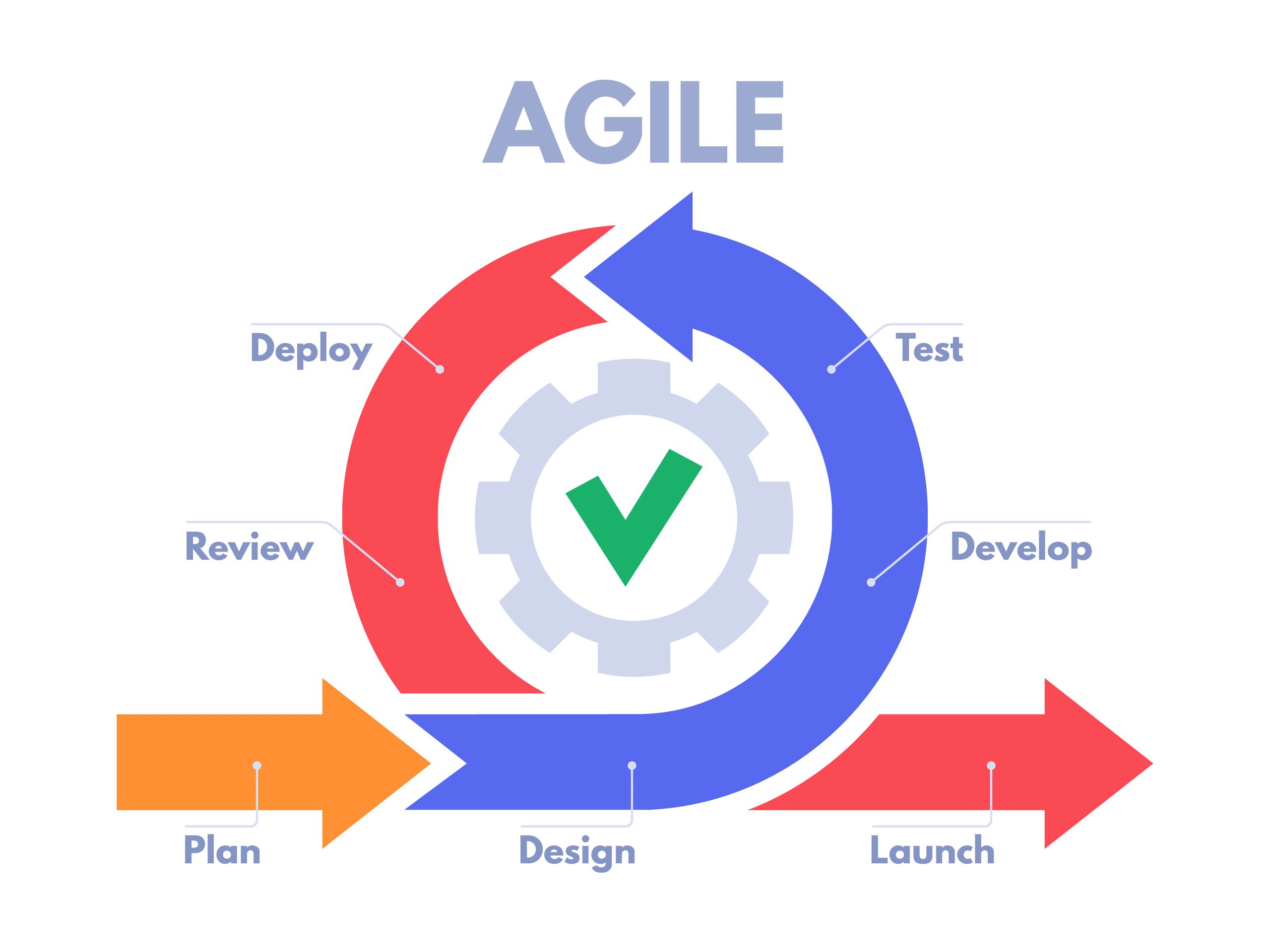Nejlepší Průvodce Agilní Metodikou – Vše, Co Potřebujete Vědět, A Tipy K úspěchu

The Ultimate Guide to Agile Methodology – Everything You Need to Know and Tips for Success
Introduction to Agile Methodology
Agile methodology has revolutionized the way teams approach project management and software development. Originally conceived for software development, Agile has since been adopted by various industries due to its flexible and iterative approach to problem-solving. In this comprehensive guide, we'll delve into the fundamentals of Agile methodology, its principles, benefits, and practical tips for implementing Agile successfully in your projects.
Understanding Agile Methodology
At its core, Agile methodology is a collaborative and iterative approach to project management and software development. Unlike traditional waterfall methods, where tasks are completed sequentially, Agile emphasizes adaptability and responsiveness to change. It breaks down projects into small, manageable increments called iterations or sprints, allowing teams to deliver incremental value to stakeholders regularly.
Scrum is one of the most widely adopted Agile frameworks, featuring short development cycles called sprints, daily stand-up meetings, and iterative product increments. Scrum teams are self-organizing and cross-functional, with roles such as Scrum Master, Product Owner, and Development Team.
Kanban is a visual management method that focuses on maximizing workflow efficiency and minimizing waste. Teams use Kanban boards to visualize work items, limit work in progress (WIP), and continuously improve their processes.
Extreme Programming is an Agile framework that emphasizes engineering best practices, such as test-driven development (TDD), pair programming, continuous integration, and frequent releases. XP aims to improve software quality and responsiveness to changing requirements.
Lean principles, derived from the Toyota Production System, are focused on delivering value with minimal waste. Lean emphasizes customer value, eliminating bottlenecks, optimizing flow, and empowering teams to make data-driven decisions.
Key Principles of Agile
Customer Collaboration over Contract Negotiation
Agile prioritizes customer satisfaction by actively involving stakeholders throughout the development process, ensuring that the end product meets their needs and expectations.
Responding to Change over Following a Plan
Agile embraces change as a natural part of the development process. Teams are encouraged to adapt to evolving requirements and feedback, enabling them to deliver high-quality solutions that address shifting priorities.
Individuals and Interactions over Processes and Tools
Agile values communication and collaboration among team members over rigid processes and tools. By fostering open dialogue and teamwork, Agile teams can harness the collective expertise of their members to drive innovation and problem-solving.
Working Software over Comprehensive Documentation
While documentation is important, Agile prioritizes delivering working software to stakeholders. By focusing on tangible results, teams can gather feedback early and make timely adjustments to improve the product.
Embracing Change
Agile acknowledges that requirements and priorities may change throughout the project lifecycle. Rather than resisting change, Agile teams embrace it as an opportunity to deliver greater value to stakeholders.
Benefits of Agile Methodology
Enhanced Flexibility
Agile allows teams to respond quickly to changing requirements and market conditions, enabling them to stay ahead of the competition.
Improved Collaboration
By fostering open communication and teamwork, Agile promotes collaboration among team members, leading to higher productivity and innovation.
Faster Time to Market
Agile's iterative approach enables teams to deliver incremental value to stakeholders more frequently, reducing time to market and increasing customer satisfaction.
Greater Customer Satisfaction
By involving stakeholders throughout the development process and delivering working software regularly, Agile ensures that the end product meets customer needs and expectations.
Continuous Improvement
Agile encourages teams to reflect on their processes and make continuous improvements, fostering a culture of learning and innovation.
Challenges of Agile Methodology
While Agile methodology offers many advantages, it also presents certain challenges that organizations may encounter:
Resistance to change from traditional project management methodologies.
Difficulty in estimating project timelines and budgets accurately.
Potential for scope creep and fluctuating priorities during development.
Requirements for skilled Agile practitioners and ongoing training and education.
Struggles with scaling Agile practices across large or distributed teams.
Practical Tips for Implementing Agile Successfully
Start Small
Begin by implementing Agile in a small, pilot project to gain experience and identify areas for improvement before scaling up to larger initiatives.
Train Your Team
Provide comprehensive training and support to ensure that team members understand Agile principles and practices.
Empower Your Team
Encourage autonomy and empowerment among team members, allowing them to take ownership of their work and make decisions collaboratively.
Embrace Feedback
Foster a culture of open feedback and continuous improvement, encouraging team members to share their thoughts and ideas for enhancing processes and outcomes.
Adapt and Iterate
Agile is all about adaptability and iteration. Be prepared to make adjustments to your processes and practices based on feedback and lessons learned.
Conclusion
Agile methodology offers a flexible and iterative approach to project management and software development, enabling teams to deliver high-quality solutions that meet customer needs and expectations. By embracing Agile principles and practices and implementing them effectively, organizations can enhance collaboration, increase productivity, and achieve greater success in their projects.